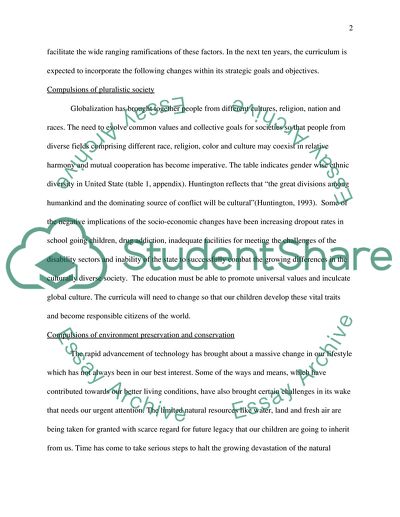Cite this document
(Education Curriculum Trends Report Example | Topics and Well Written Essays - 2000 words, n.d.)
Education Curriculum Trends Report Example | Topics and Well Written Essays - 2000 words. https://studentshare.org/education/1551637-curriculum-trends-paper-education
Education Curriculum Trends Report Example | Topics and Well Written Essays - 2000 words. https://studentshare.org/education/1551637-curriculum-trends-paper-education
(Education Curriculum Trends Report Example | Topics and Well Written Essays - 2000 Words)
Education Curriculum Trends Report Example | Topics and Well Written Essays - 2000 Words. https://studentshare.org/education/1551637-curriculum-trends-paper-education.
Education Curriculum Trends Report Example | Topics and Well Written Essays - 2000 Words. https://studentshare.org/education/1551637-curriculum-trends-paper-education.
“Education Curriculum Trends Report Example | Topics and Well Written Essays - 2000 Words”. https://studentshare.org/education/1551637-curriculum-trends-paper-education.


